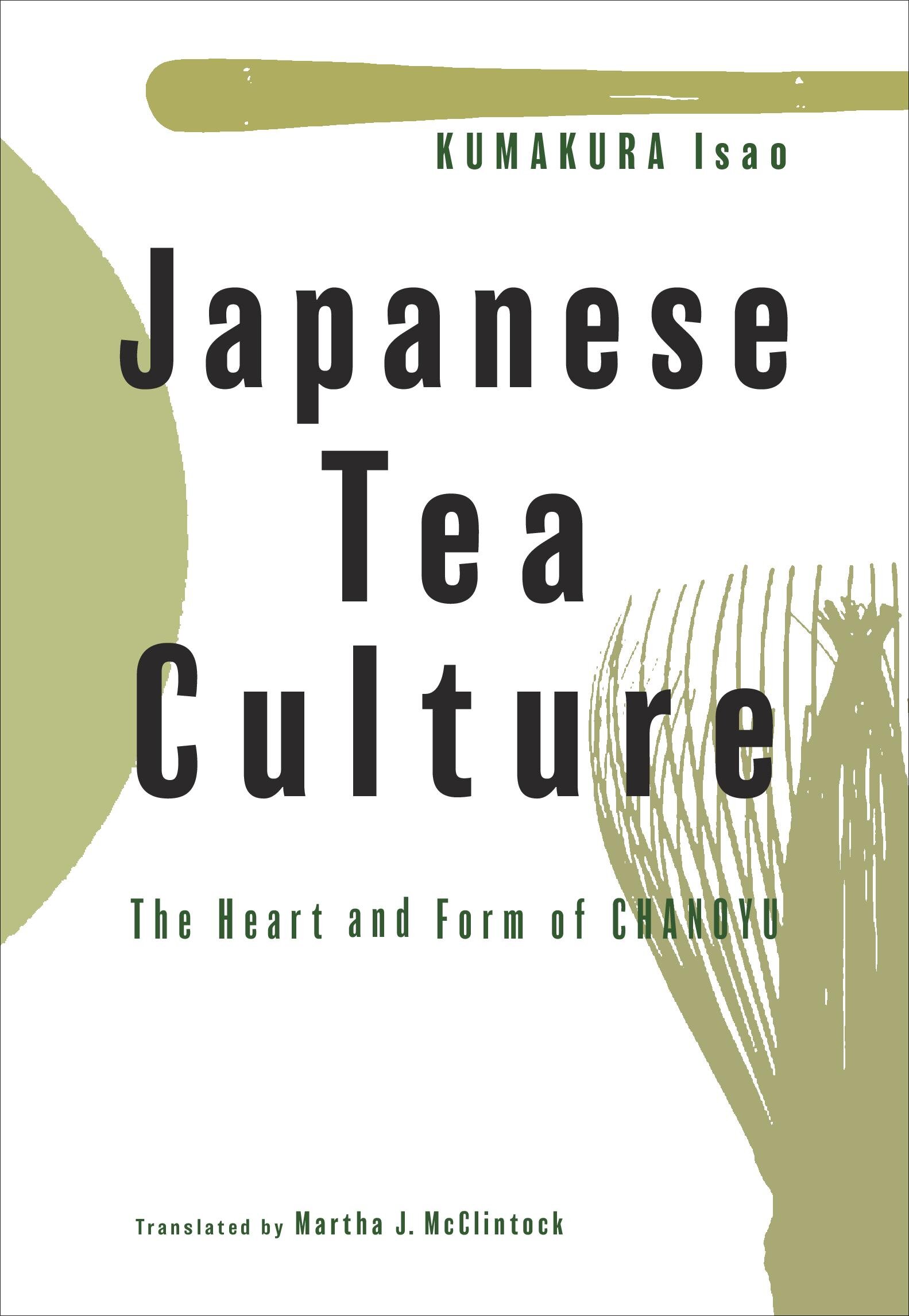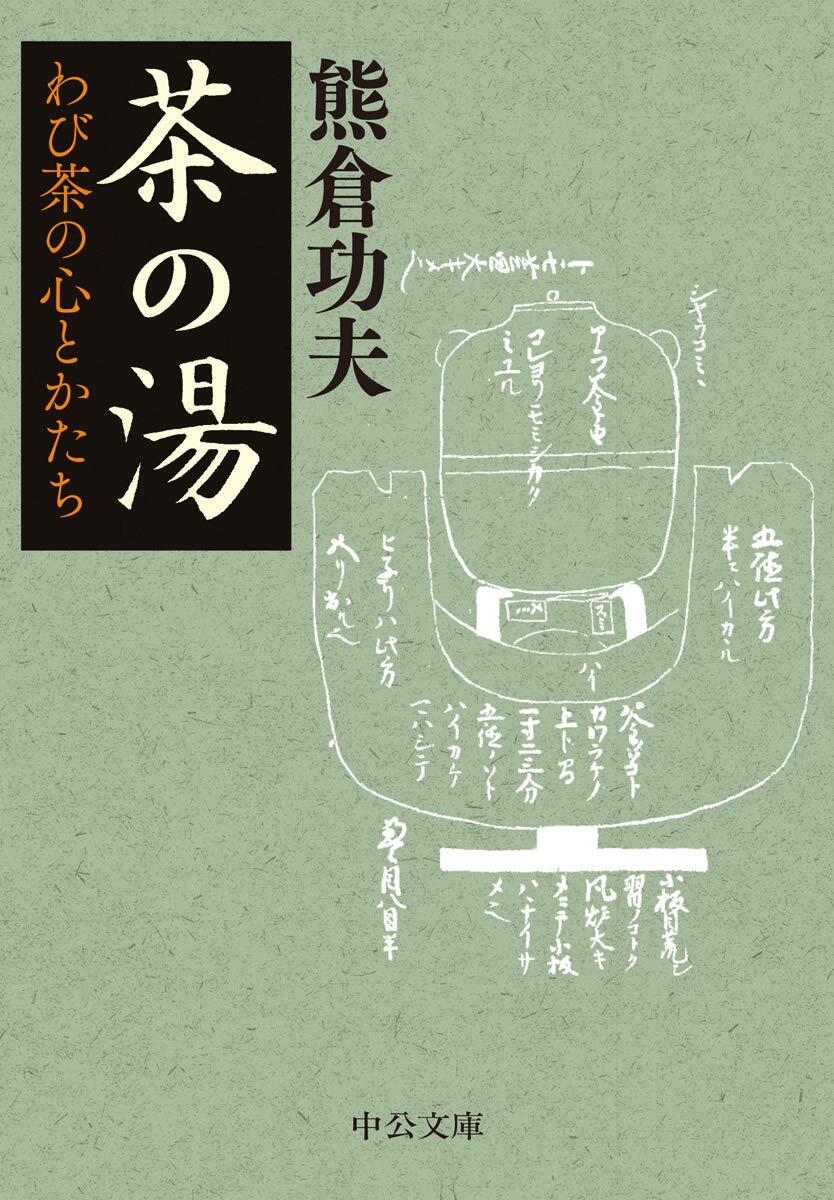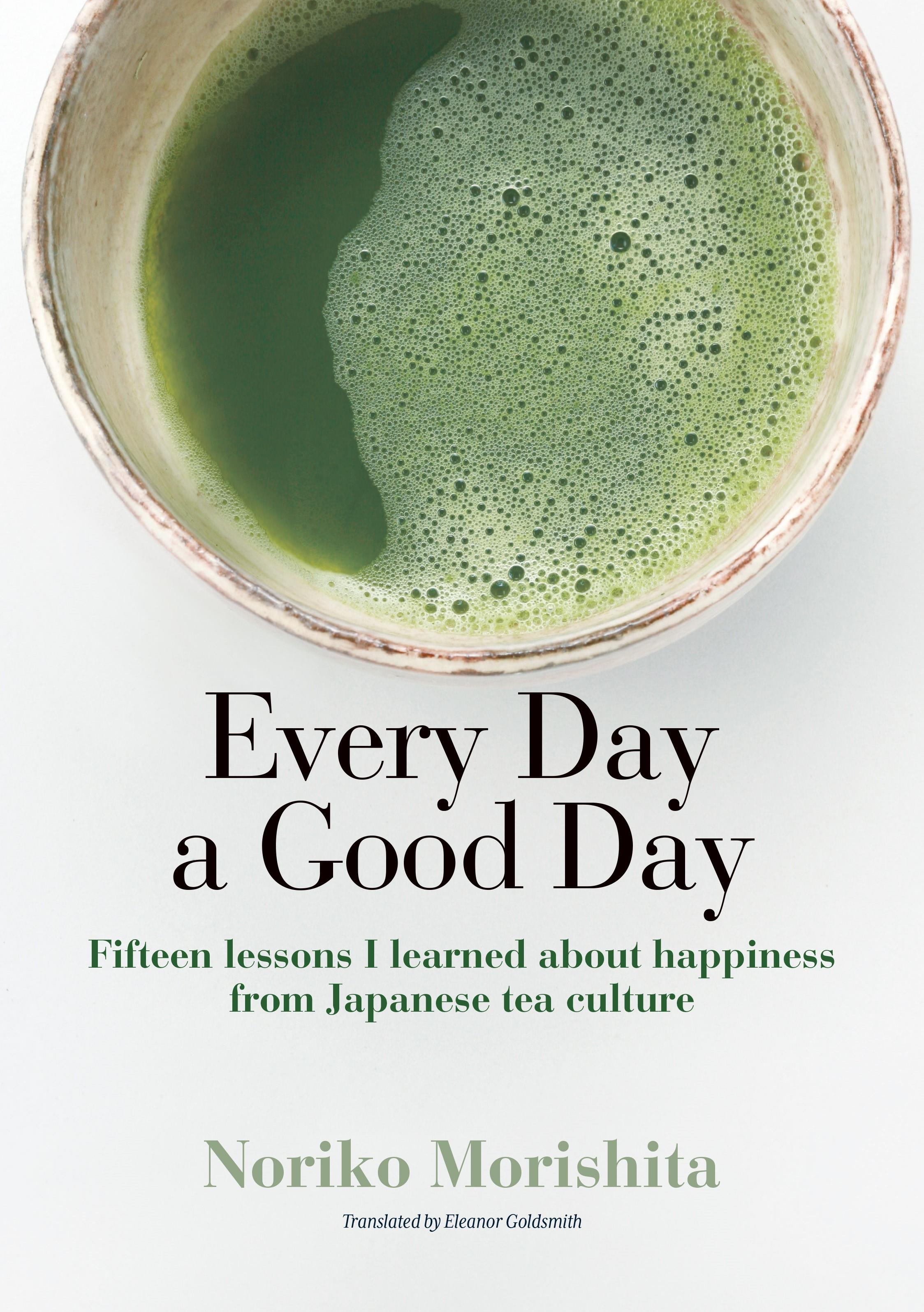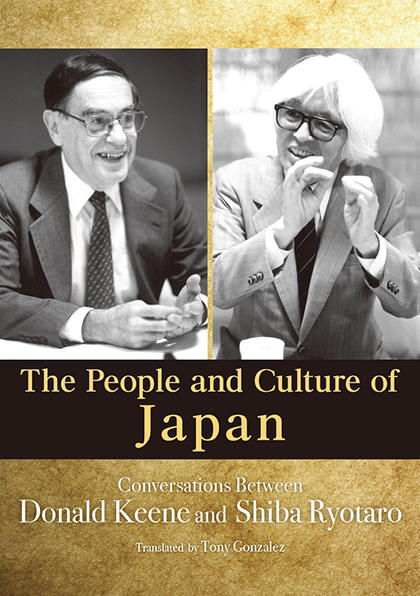Why is the tea-room entrance, or nijiriguchi, so narrow? How did the practice of “passing the bowl,” or mawashinomi, come about? And what hidden meaning lies behind the ritual purification of hands and mouth, or chōzu?
Chanoyu, the art of preparing tea, developed against a backdrop of social turmoil in late medieval Japan. Through the singular figure of Sen no Rikyū, it found expression as wabi-cha, or wabi tea, the foundation of Japanese tea culture today. Here, scholar and curator Kumakura Isao investigates the unique cultural value of tea. He examines its rituals and behaviors, elaborates its structure, space, and style, and delves into the history of everything from the tea whisk to the tea room itself. Drawing on folklore studies and performing-arts history, Kumakura develops a new perspective on Japan’s culture of tea.





